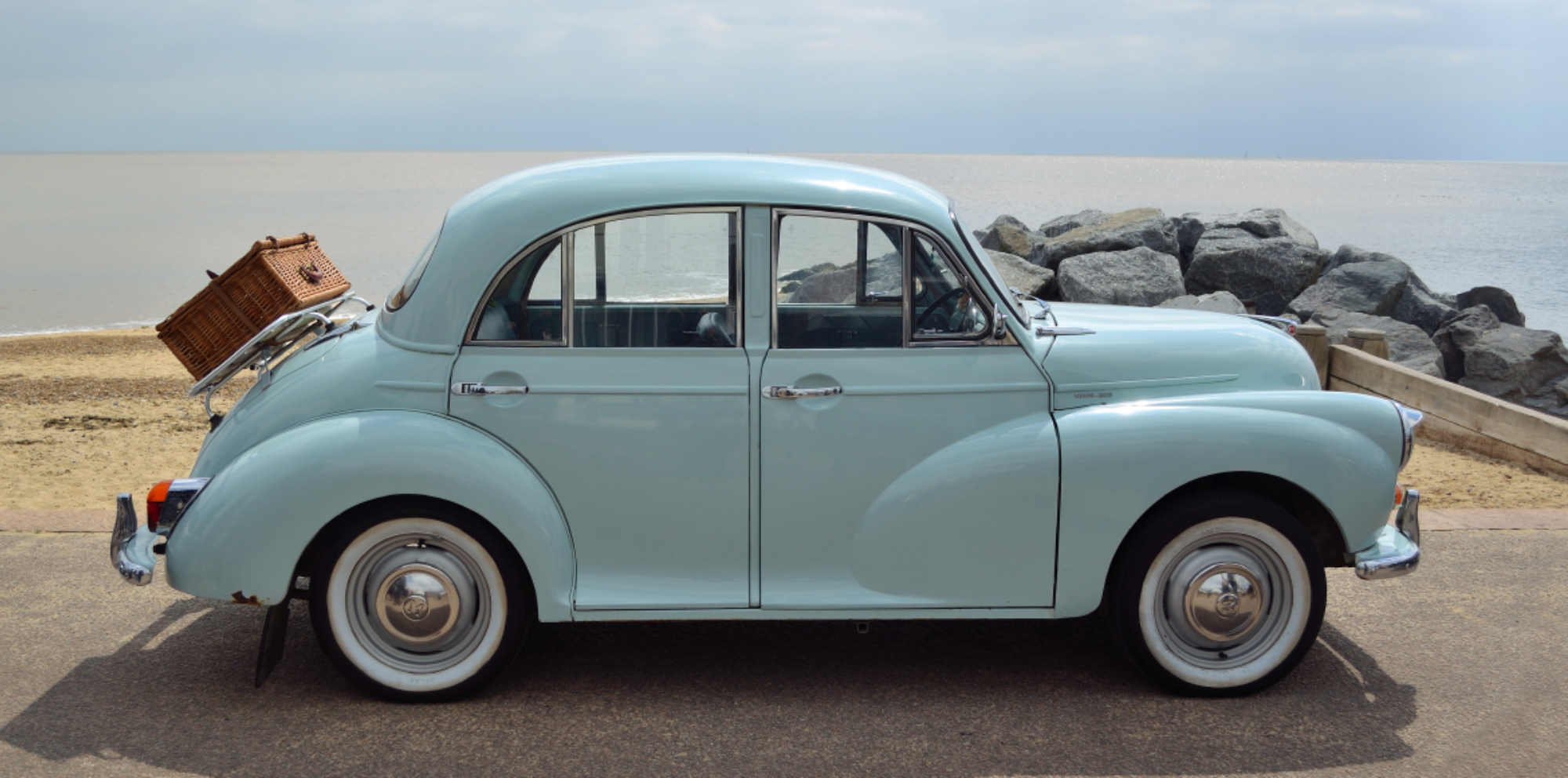Every summer, British classic car enthusiasts make their way in droves over to mainland Europe – and sometimes further still – to seek out incredible driving experiences. From the Amalfi Coast to the Klausen Pass, these are once-in-a-lifetime roadtrips made all the more special when enjoyed from the driving seat of a cherished classic.
It’s an addictive pastime – we have many enthusiast customers who venture overseas every single year to tick another iconic route off their bucket list. And it’s a pastime we’re happy to cater for. The ‘enthusiast’ category has been one of our core specialisms for many years, and because our underwriters truly understand both these vehicles and their owners, we’re able to continue growing our appetite for bespoke classic car risk, and providing cover to UK drivers as they plot their next voyage across Europe, or indeed, across any of 48 participating Green Card countries.
But of course, we know that amidst the excitement of a pending journey, important details – about insurance, local laws, safety information etc. – can sometimes be missed, leaving brokers with a big headache when something goes wrong for their clients driving outside of the UK.
So, we’ve come up with seven essential questions for you to ask both first-time and returning overseas enthusiasts, to check they’re suitably prepared for the drive ahead:
1) Is your destination covered?
All authorised insurers across the EU are subject to same directives, so drivers can rest assured that they should have a basic level of cover at least for the 27 EU member nations. But if they’re venturing further afield, they need to ensure their policy still applies.
2) How far are you going?
Many classic car insurance policies will contain a mileage limit. While this is not generally a concern for drivers traversing the British countryside on a Sunday afternoon, it’s something to be aware of if their intended journey involves serious distances.
3) Are any extras needed?
Enthusiasts with comprehensive cover may be able to get their cover extended to their destination countries (for example, we offer their cover on a timed, per trip basis), so they need to have this conversation with their broker up-front. The same is true for breakdown. On some policies we include breakdown for UK roadside recovery, and can also provide EU-specific cover on request. Also, if a driver is going away with a partner or friend, they should consider if the second traveller needs to be added to the policy, to share in the driving experience, or just in case of emergencies.
4) Are there any specific legal requirements?
In France, drivers are legally required to carry a high vis jacket, a breathalyser and a warning triangle, as well as ensuring their headlights have beam deflector stickers attached. Countries such as Germany and France may require cars to display emissions stickers specifying CO2 output, depending on where the car is being driven. Every driver should do a bit of Googling about each destination before taking their vehicle overseas, so there are no nasty surprises once on the road.
5) Is your country of origin displayed?
Again, this is a legal requirement of driving overseas. If a drivers’ registration plate doesn’t include an EU and GB symbol (and many classics’ registration plates won’t) then they’ll need an old school GB sticker. Fortunately, this doesn’t count as a vehicle modification and so it won’t affect insurance policy details.
6) Do you know where you’re going?
Getting lost overseas can be a daunting experience, however beautiful the scenery might be. It’s important for drivers to plan their routes carefully but it’s equally important to check foreign office guidance about safe travelling in specific countries. We see very few classic car thefts overseas, but distinctive autos do tend to draw attention to their owners, particularly if they’re higher value classics.
7) Which side are you on?
With the exception of Ireland, Malta and Cyprus, Europe drives on the right. The same is true of most other countries. While it might sound like obvious advice, the reality is that the majority of serious accidents involving overseas enthusiasts occur while they’re over-taking using right-hand drive classics on the right hand side of the road. Of course, anyone with an American classic with left-hand drive will have an easier time of things, but the experience can still be disorienting for anyone who isn’t used to it.
Just remember that planning overseas journeys can be complicated and stressful, and even the most experienced drivers can sometimes miss key preparatory details. So, why not reach out to your classic car clients to check if they’ll be travelling abroad and ensure that they have both the insurance cover and the overseas travel hacks they need to have an amazing trip.






